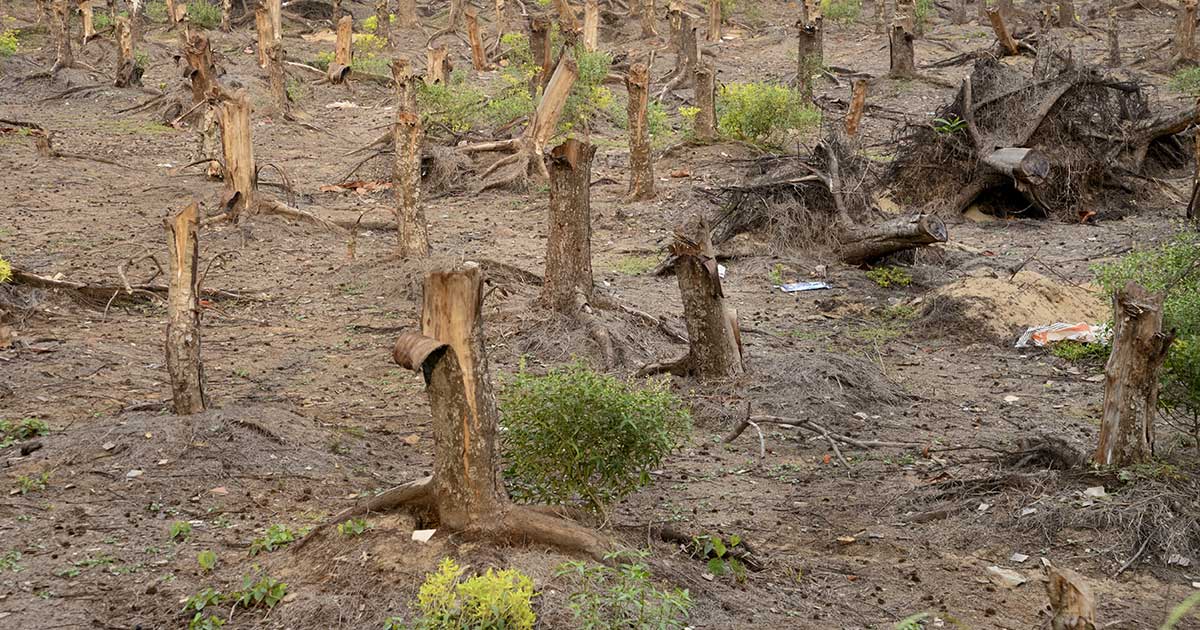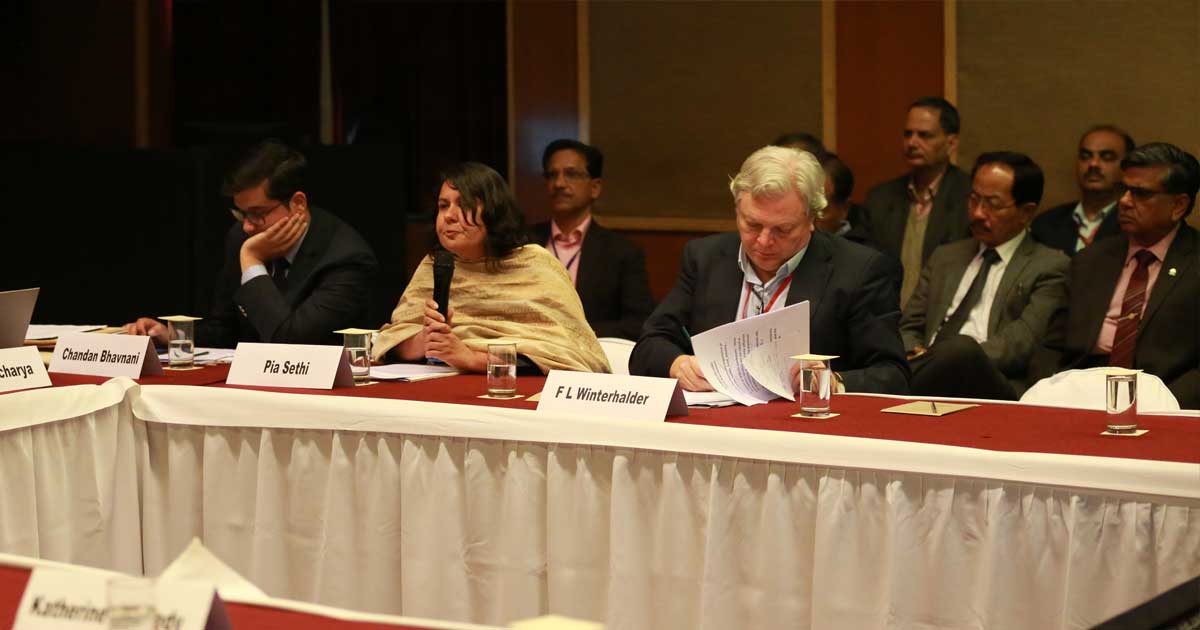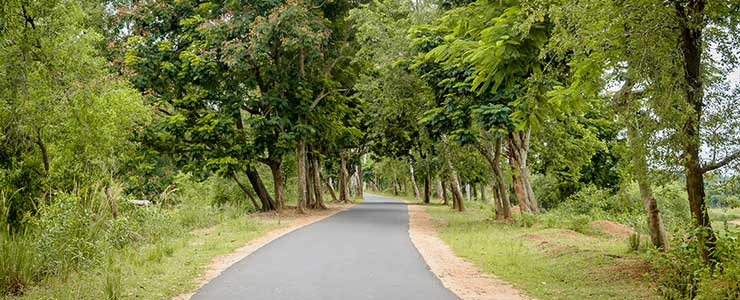
The Challenge to Create 'Forests outside Forests'
 Land degradation costs India 2.54% of its GDP, says a TERI study
Land degradation costs India 2.54% of its GDP, says a TERI study
Better stewardship of the land could have a much bigger role in fighting climate change than previously estimated. Forest landscape restoration has an invaluable carbon sequestration potential and offers a wide array of benefits like food security, soil conservation as well as rural development. It is for this very reason that India had pledged to restore an additional 18 million hectares of degraded forests at COP 21 in Paris.
With up to 30% of the world’s usable land degraded resulting in a direct economic loss of around US$40 billion every year, land degradation is a major challenge facing the world today. When land is not producing at full potential, it incurs expenses and losses that can cut into a nation’s GDP. For instance, in India, land degradation and land-use change consumed up to 2.54% of India’s GDP in 2014/15 (TERI study, 2017). Moreover, studies further suggest that it costs far more to degrade land than it does to manage it and investing in sustainable land use does make sound business sense.

At a thematic track chaired by Mr Siddhant Das, DG, Forests and Special Secretary, the The Ministry of Environment, Forest and Climate Change (MoEFCC), in the ongoing TERI WSDS 2018, a panel of nine eminent personalities like Dr A K Bhattyacharya, CEO, National Green Highways Mission; Mr Subhash Chandra, Joint Secretary, Ministry of Mines; and Ms Katherine Kennedy, Head of Climate Change, Commonwealth Secretariat, discussed the ‘opportunity’ behind land degradation and businesses becoming land degradation neutral. The session brought together representatives from the corporate world, academia, and the public sector to explore the potential of innovative multifunctional approaches, such as agroforestry and climate-smart agriculture, to achieve multiple SDGs and increase the resilience of both the people and planet.
Working in synchronization to achieve sustainable development
 Green canopy along highways can help grow 'forests outside forest'
Green canopy along highways can help grow 'forests outside forest'
India is committed to sequestering 2.5–3 billion tonnes of carbon dioxide by 2030. At the current rate, we will be reaching about 1.9 of the target. According to Mr Siddhant Das, the MoEFCC hopes to achieve the target by improving the quality of land use by growing vegetation in the catchment areas of rivers, and by opting for “re-growth outside the forest area through agro-forestry”.
The 2010 report of the Central Pollution Control Board of the MoEFCC shows that the current CO2 emission level from road transport is 391 million tonnes, and it is expected to reach 966 million tonnes by 2030. “Recognising the imminent threat of global warming and climate change, Ministry of Road Transport and Highway has promulgated Green Highways,” said Mr A K Bhattacharya. The vision of the programme is to develop eco-friendly national highways by growing “forests outside forests” and providing a green canopy along the national highways, with participation from the communities. By introducing a growing number of people to the practice of ecological revival and sustainable living, Mr Aviram Rozin of Sadhana Forest believes this will encourage them to propagate the vision of an ecologically responsible and sustainable way of living.
Quoting Oscar Wilde, Dr Pia Sethi, Fellow and Area Convenor, Centre for Biodiversity and Ecosystem Services, TERI, said, “Nowadays people know the price of everything and the value of nothing,” highlighting the need to understand the value of degradation, the value of restoration, and the value of sustainable land management techniques.